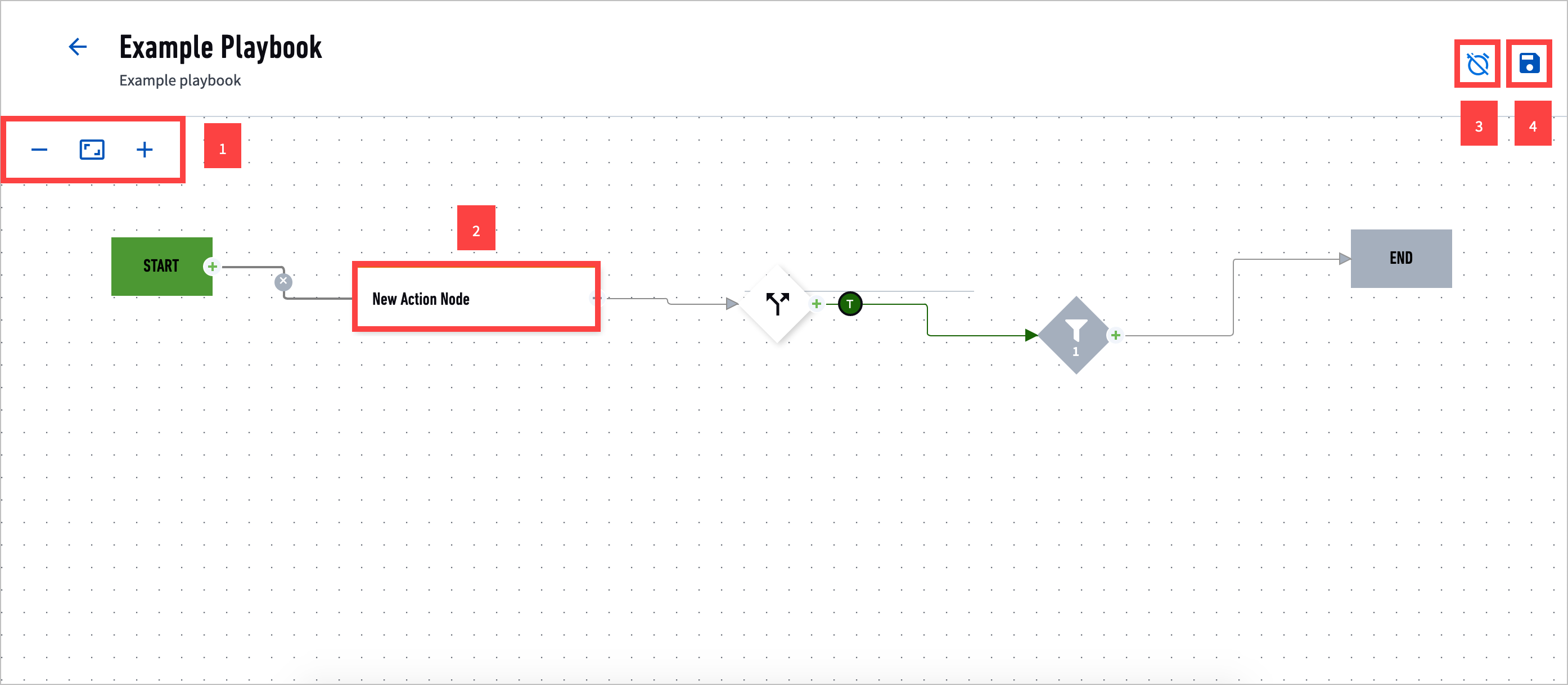- Incident Responder Release Notes
- Get Started with Incident Responder
- Configure Incident Responder Settings
- Core Settings
- Analytics Settings
- Configure Services
- Prerequisites for Configuring Incident Responder Microsoft Services with OAuth2.0 Authentication
- Configure the Amazon Elastic Compute Cloud (EC2) Service
- Configure the Anomali ThreatStream API Service
- Configure the Atlassian Jira Service
- Configure the BMC Remedy Service
- Configure the Check Point Firewall Service
- Configure the Cisco AMP for Endpoints Service
- Configure the Cisco Services Engine (ISE) Service
- Configure the Cisco Threat Grid Service
- Configure the Cisco Umbrella Enforcement Service
- Configure the Cisco Umbrella Investigate Service
- Configure the CrowdStrike Falcon Host API Service Service
- Configure the CrowdStrike Falcon Host API Service Service
- Configure the CyberArk Service
- Configure the Cylance Protect Service
- Configure the Exabeam Advanced Analytics Service
- Configure the Exabeam Cloud Search Service
- Configure the Exabeam DL Service
- Configure the FireEye HX Service
- Configure the Fortinet Service
- Configure the Google Gmail Service
- Configure the IntSights Cyber Intelligence Ltd. Service
- Configure the IRNotificationSMTPService Service
- Configure the Microsoft Active Directory (AD) (Latest) Service
- Configure the Microsoft Exchange Service
- Configure the Microsoft Outlook Office 365 Service
- Configure the Microsoft Windows Defender ATP Service
- Configure the Microsoft Windows Management Instrumentation Service
- Configure the Netskope Service
- Configure the Okta Service
- Configure the Palo Alto Networks Firewall Service
- Configure the Palo Alto Networks Wildfire Service
- Configure the Rapid7 insightVM Service
- Configure the SentinelOne Service
- Configure the SentinelOneV2 Service
- Configure the Service Now Service
- Configure the Slack Service
- Configure the SlashNext Service
- Configure the Splunk Service
- Configure the ThreatConnect API Service
- Configure the Urlscan.io API Service
- Configure the VirusTotal Service
- Configure the Zscaler Service
- Test a Service
- Edit a Service
- Disable a Service
- Upload a Custom Service
- Delete a Custom Service
- Create an Email Template for the Notify by Email Action
- Respond to Security Incidents
Get to Know the Playbook Editor
Learn about the components you use to create and edit playbooks.
In the playbook editor, you create and edit playbooks.
This is a new example playbook. Let's explore this playbook:

1 Control how you view the interface. Zoom in, out, or reset the view to the default.
2 A playbook is made of nodes. You connect each node to one or more other nodes. Each node has two or more ports, inbound and outbound. To view a node's ports, hover over the node.
3 Add a playbook trigger.
4 Save your playbook and return to the PLAYBOOKS page. You can save your playbook even if it's incomplete, but if it contains any errors, it will not run.
Every playbook has a start node and end node that defines its logical boundaries, where the playbook starts and ends. You cannot change these two nodes. The start node has one outbound port; the end node has one inbound port.
To build the logic of your playbook, add nodes, and configure action, decision, and filter nodes.
If a node is outlined in red, it needs your attention. When you create a playbook using a template, all the nodes are initially outlined in red. You must click on the node and change how it's configured or the playbook will not run.